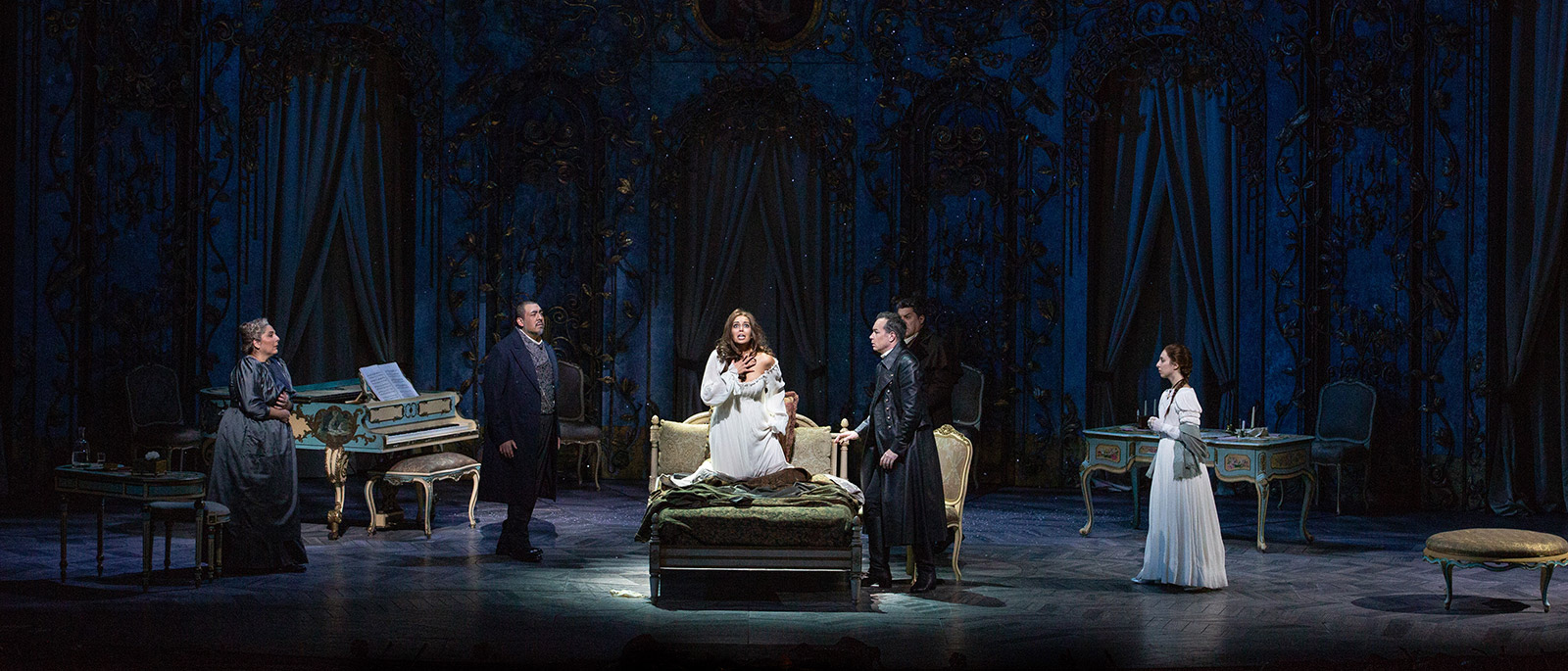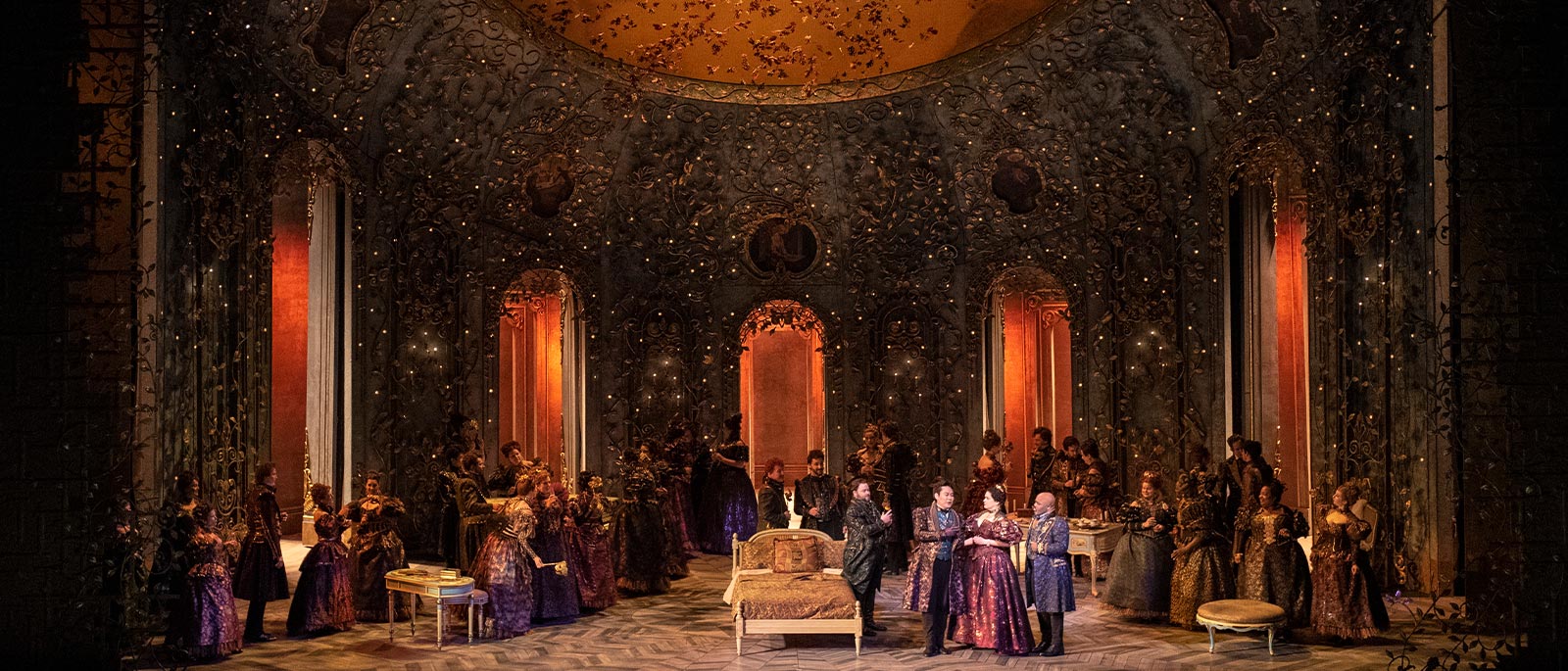
Giuseppe Verdi
La Traviata
This production ran: Oct 25 - Mar 18
Overview
Three captivating sopranos with many previous triumphs to their names—Nadine Sierra, Ermonela Jaho, and Angel Blue—star as the self-sacrificing courtesan Violetta, one of opera’s ultimate heroines. Tenors Stephen Costello, Ismael Jordi (in his Met debut), and Dmytro Popov share the role of her self-centered lover Alfredo, alongside baritones Luca Salsi, Amartuvshin Enkhbat (another debut), and Artur Ruciński as his disapproving father. Michael Mayer’s vibrant production also features three maestros: Daniele Callegari, Marco Armiliato, and Nicola Luisotti.
Production a gift of The Paiko Foundation
Additional funding gifts from Mercedes T. Bass, Mr. and Mrs. Paul M. Montrone, and Rolex
Revival a gift of the Joseph and Robert Cornell Memorial Foundation, and Veronica Atkins, in honor of Nadine Sierra
Languages
Languages sung in La Traviata
Sung In
Italian
Titles
Title languages displayed for La Traviata
Met Titles In
- English
- German
- Spanish
- Italian
Timeline
Timeline for the show, La Traviata
Estimated Run Time
3 hrs
-
House Opens
-
Act I
35 mins
-
Intermission
30 mins
-
Act II
65 mins
-
Intermission
20 mins
-
Act III
30 mins
-
Opera Ends
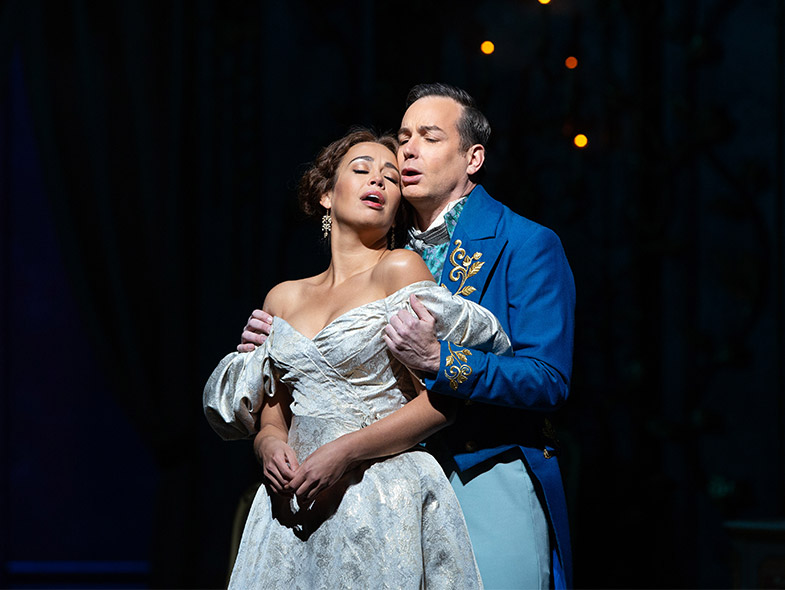
World premiere: Teatro la Fenice, Venice, 1853. Verdi’s La Traviata survived a notoriously unsuccessful opening night to become one of the best-loved operas in the repertoire. Following the larger-scale dramas of Rigoletto and Il Trovatore, its intimate scope and subject matter inspired the composer to create some of his most profound and heartfelt music. The title role of the “fallen woman” has captured the imaginations of audiences and performers alike with its inexhaustible vocal and dramatic possibilities—and challenges. Violetta is considered a pinnacle of the soprano repertoire.
Creators
In a remarkable career spanning six decades in the theater, Giuseppe Verdi (1813–1901) composed 26 operas, at least half of which are at the core of today’s repertoire. Francesco Maria Piave (1810–76) was Verdi’s librettist during his productive middle period and also worked with him on Ernani, Macbeth, Rigoletto, and La Forza del Destino, among others. Alexandre Dumas fils (1824–95) was the son of the author of The Three Musketeers. The play La Dame aux Camélias is based on his own semi-autobiographical novel of the same name.
PRODUCTION
Michael Mayer
SET DESIGNER
Christine Jones
COSTUME DESIGNER
Susan Hilferty
LIGHTING DESIGNER
Kevin Adams
CHOREOGRAPHER
Lorin Latarro
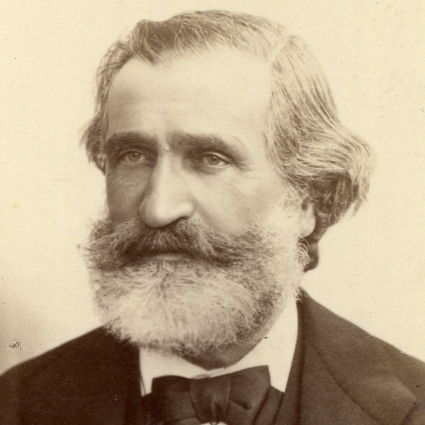
Composer
Giuseppe Verdi
Setting
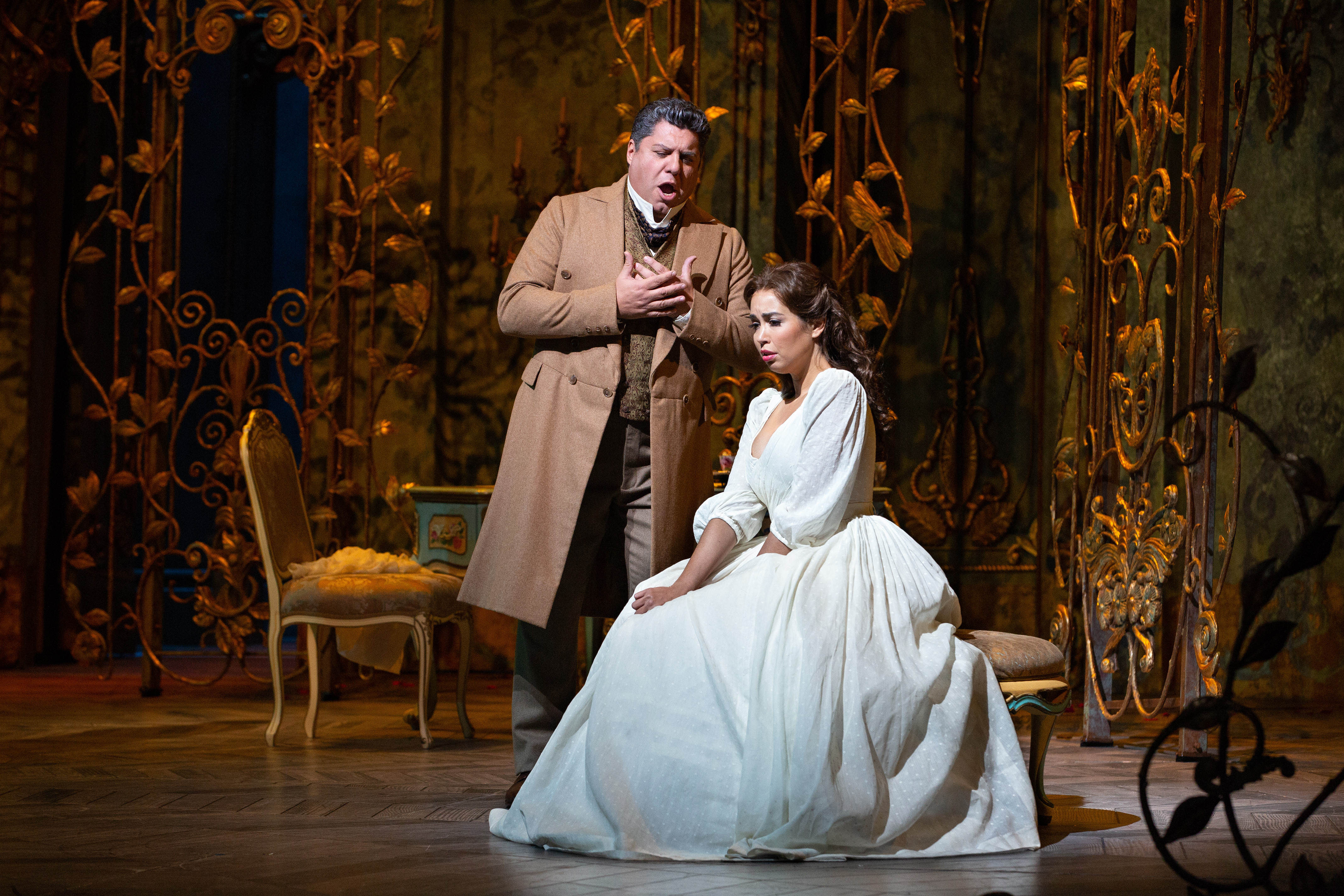
With La Traviata, Verdi and Piave fashioned an opera from a play set in contemporary times—an exception in the composer’s long career. Dumas’s La Dame aux Camélias was a meditation on the author’s youthful affair with the celebrated prostitute Marie Duplessis, known as a sophisticated and well-read woman whose charms and tact far surpassed her station. The play is still staged today in its original form and exists in several film incarnations, most notably Greta Garbo’s Camille (1936).
Videos
Music
Verdi’s musical-dramatic ability to portray the individual in a marginalized relationship to society keeps this work a mainstay on the world’s stages. The vocal and emotional scope of the title character is enormous—from her Act I show-stopper aria “Sempre libera degg’io” to the haunting regret of “Addio, del passato” in Act III to the extended Act II confrontation with her lover’s father, Germont.
